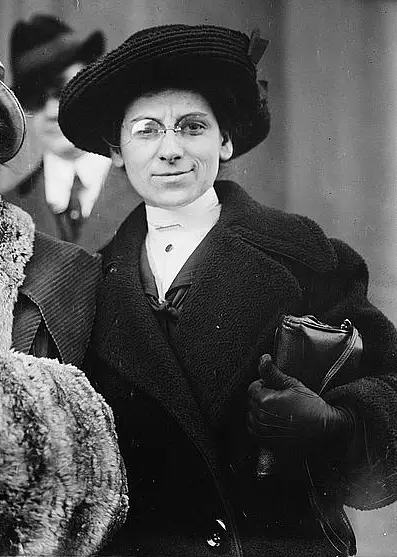The Abolitionists
Abolitionists were mostly white men and women that believed that slavery in the United States should be gotten rid of.
The abolitionism movement began around the mid-18th century and many joined the cause. A lot of the people that were abolitionists were very religious and often influential people that thought slavery was wrong.

The base of the original movement was more peaceful, but as time passed and tension increased, it eventually became more violent. The abolitionists eventually stopped when Congress passed the 13th Amendment to the Constitution that outlawed slavery of any kind.
- The idea of antislavery was the basis of many of the religions that were established in the early colonies and grew as the country became the United States. Some of the religions that shared their philosophy of antislavery included the Presbyterians, Quakers, Amish, Baptists, Mennonites, and other Protestants. Their religion taught them that all people were equal and slavery was an abomination.
- Some of the early antislavery groups were established to try to educate the average person on the horrors of slavery. They believed that increasing their awareness would help to get rid of slavery. These groups appealed to the morals of those living in the United States and as time passed things evolved into a social movement that is called the “Second Great Awakening.”
- Some abolitionists existed in the early colonies where people wanted to set slaves free and return them to Africa. During that time, slavery was not only an accepted part of life in both Europe and the New World, but the racist whites in the colonies needed slaves to keep their farms and plantations profitable. It would never have occurred to white society to accept Black people as equals. Those in the southern states were particularly against any form of freedom for their slaves.
- The abolitionist movement and the women’s movement seemed to rise up nearing the same time. Women that were abolitionists were often also feminists and they were looking to give freedoms to Black Americans as well as women. There were a lot of similarities in the two causes as both the slaves and women weren’t allowed to participate as equal members of the society and women weren’t even allowed to vote.
- When some slaves had escaped, been freed or bought their way to freedom they moved to the northern states. Many of these Black Americans became voices to those that were slaves and they spread the stories of the evils of slavery. One of the most well-known of these was Frederick Douglass, an escaped slave and abolitionist who wrote his book “Narrative of the Life of Frederick Douglass, An American Slave.”
- 1850 brought about a very bad time in the United States. Congress passed the “Fugitive Slave Act” that required anyone to return any escaped Black slaves to the original owners. This was a law that made a lot of the southern states happy but it also prompted an increase in the abolitionist movement. Activists such as Harriet Beecher Stowe wrote her famous book “Uncle Tom’s Cabin,” and this escalated antislavery feelings across the country.
- Tensions continued between those that wanted slavery and the abolitionists and eventually became the basis for the Civil War in the United States. Many of the abolitionists were directly involved in trying to help slaves escape and make their way to the north and into Canada to freedom. This prompted the development of the “underground railroad,” a vast network of people and homes that worked together so that slaves could be free.
Q&A:
What financial reason did some of the Americans give for continuing slavery?
They needed slaves to run the farms and plantations
Who started the abolitionist movement?
Mostly white religious people with influence
What were some of the most noted Protestant religions that believed in antislavery?
Presbyterians, Quakers, Amish, Baptists, Mennonites
What law did Congress pass in 1850 that prompted more abolitionist feelings?
Fugitive Slave Act
What other movement was happening around the same time as the abolitionist movement?
The women’s movement
Who wrote the book “Uncle Tom’s Cabin” that exposed slavery to the average American?
Harriet Beecher Stowe



